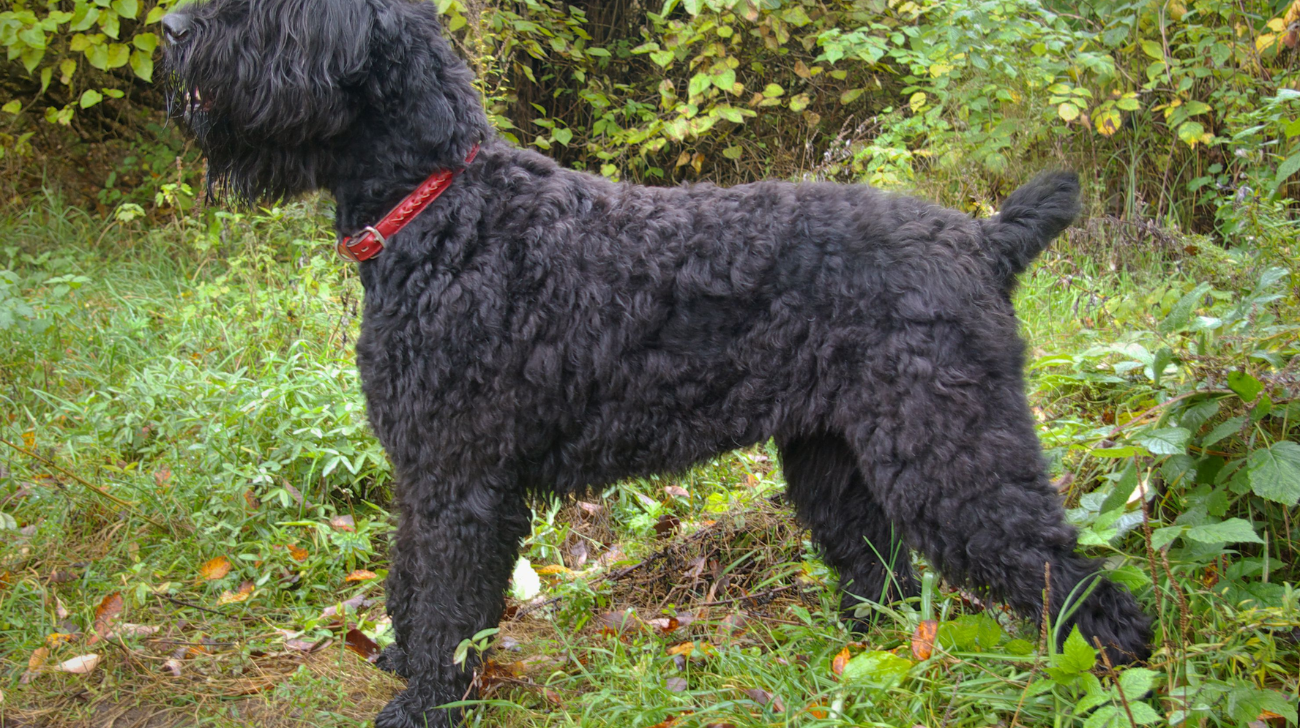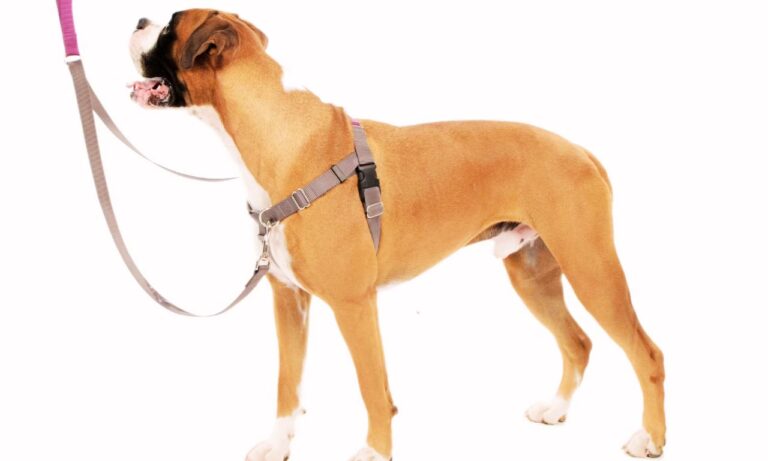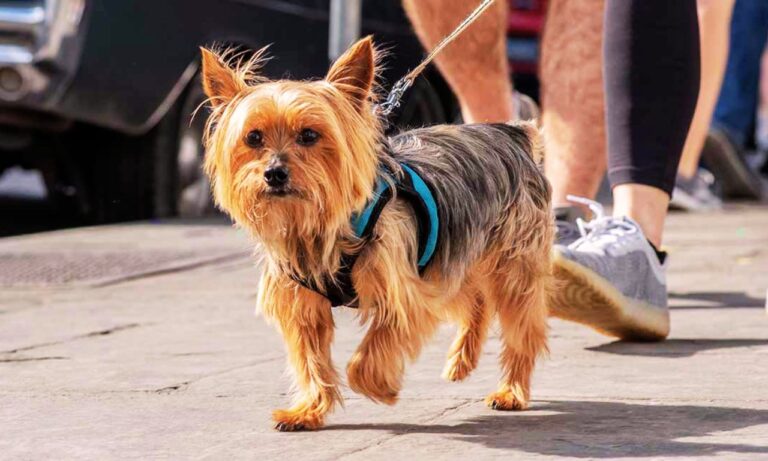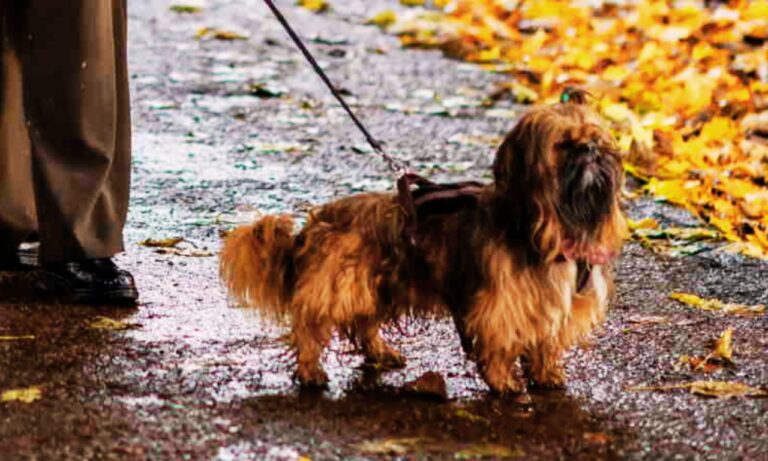The Black Russian Terrier (BRT) is a commanding and muscular breed known for its substantial size. Originally developed for military purposes, the breed’s strength and size were designed to perform guarding duties effectively in challenging environments. To ensure a Black Russian Terrier thrives, it is essential to understand the optimal size, growth patterns, and how this impacts their living conditions and care. So, what size is best for Black Russian Terrier?
For detailed guidance on ensuring the perfect collar fit for your St. Bernard, check out the Best Practices for St. Bernard Collar Adjustment to keep your dog comfortable and secure.
Blog Highlights
ToggleOverview of the Breed’s Size: Facts and Figures
What Size is Best for a Black Russian Terrier?
The BRT is classified as a large working breed with significant differences in height and weight between males and females. Here is an overview of the key measurements:
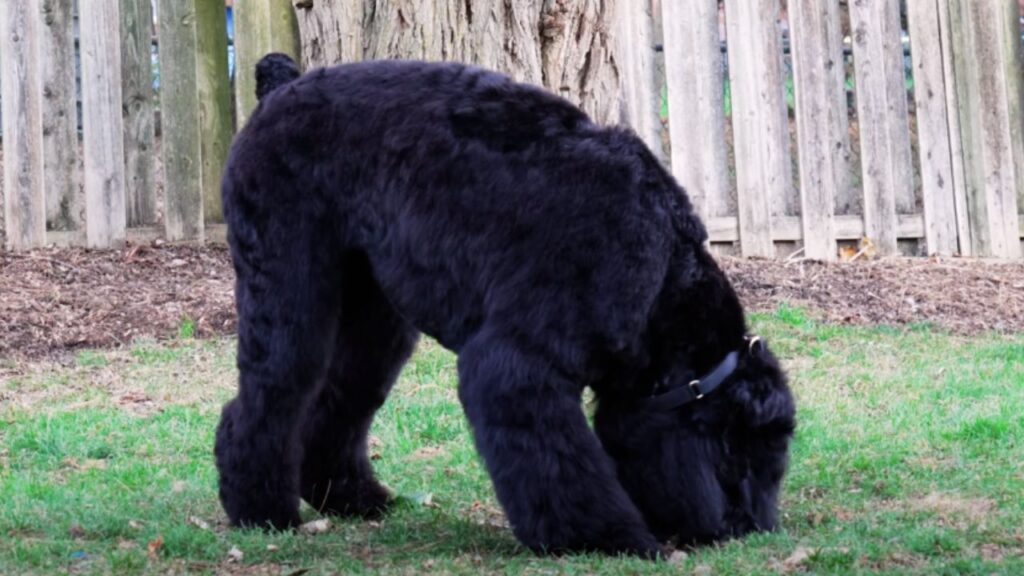
- Male Height: 27–30 inches (68–76 cm)
- Female Height: 26–29 inches (66–74 cm)
- Male Weight: 110–132 pounds (50–60 kg)
- Female Weight: 99–110 pounds (45–50 kg)
These numbers show that a fully grown male can weigh as much as 132 pounds (60 kg), while females generally remain closer to 99–110 pounds (45–50 kg). This size difference affects both their energy levels and dietary needs, making it crucial to monitor their growth carefully. Ensure your Newfoundland’s comfort and security with expert tips on how to ensure a safe collar fit for Newfoundland.
Growth Timeline: From Puppy to Adult
Black Russian Terriers exhibit a long growth phase compared to smaller breeds, requiring patience from their owners.
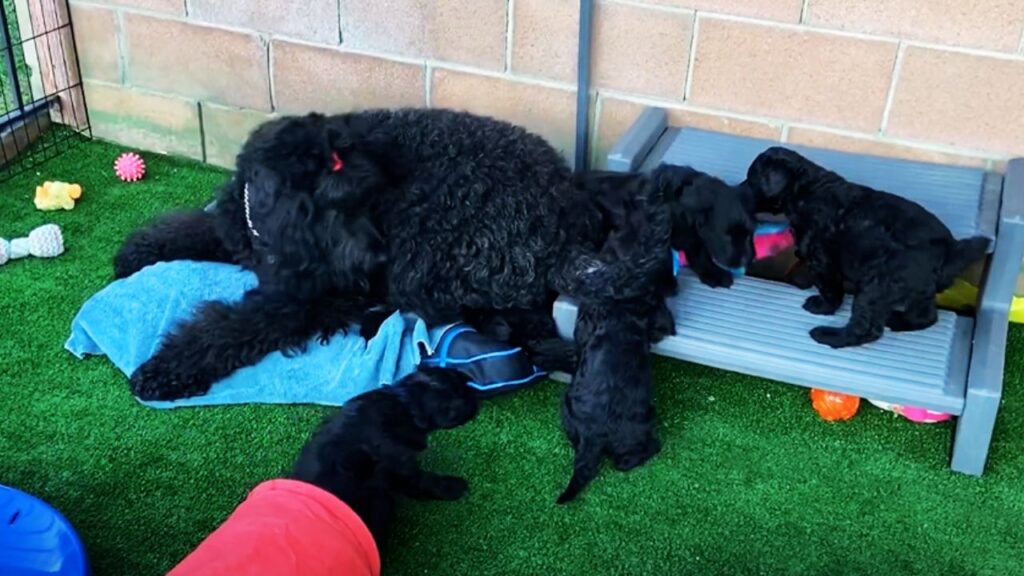
- 0–6 Months: The most rapid growth occurs during the first six months, with puppies gaining both height and weight. For example, a 6-month-old male can weigh between 66 and 78 pounds (30–35 kg) and stand 24.8 to 25.6 inches (63–65 cm) tall.
- 8–18 Months: The breed’s growth starts slowing after eight months but continues until around 18 months. The skeletal structure is largely complete by 12 months, but the dog will continue filling out and gaining muscle mass.
- 3 Years: The breed is considered fully mature only by the time it reaches three years of age, as muscle development continues into adulthood.
During this phase, the dog may shift from being lean to muscular, reflecting its purpose as a working dog designed for strength and endurance.
Weight Management and Health: Maintaining Ideal Size
Because of their size, weight management is critical to the breed’s long-term health. Owners must monitor their dog’s diet and exercise to prevent health problems, such as:
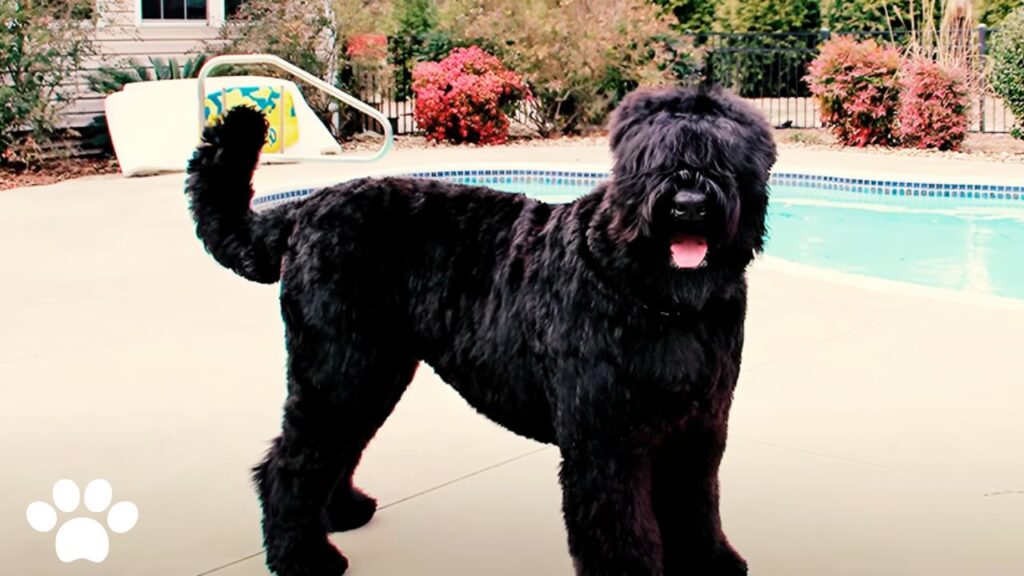
- Hip and Elbow Dysplasia: Common in large breeds, this condition involves improper joint development, which can cause pain and lameness. Maintaining an ideal weight reduces the stress on the joints.
- Obesity: A BRT weighing above 132 pounds (60 kg) may experience joint issues and other health risks. It’s essential to keep their weight in the recommended range through proper nutrition and exercise.
- Heart Conditions: The size of the breed places extra demand on their cardiovascular system, so regular vet check-ups are essential.
Owners should aim to maintain the dog’s weight within the healthy range of 110–132 pounds for males and 99–110 pounds for females, depending on activity levels. Discover the ideal fit by learning what size collar for Newfoundland dog to ensure your pet’s comfort and safety.
Living Arrangements: How Size Impacts Space Requirements
Although the Black Russian Terrier can adapt to apartment living, it needs regular exercise to stay healthy. Its sheer size and energy levels make a house with a secure yard more suitable. Here are some key points to consider:
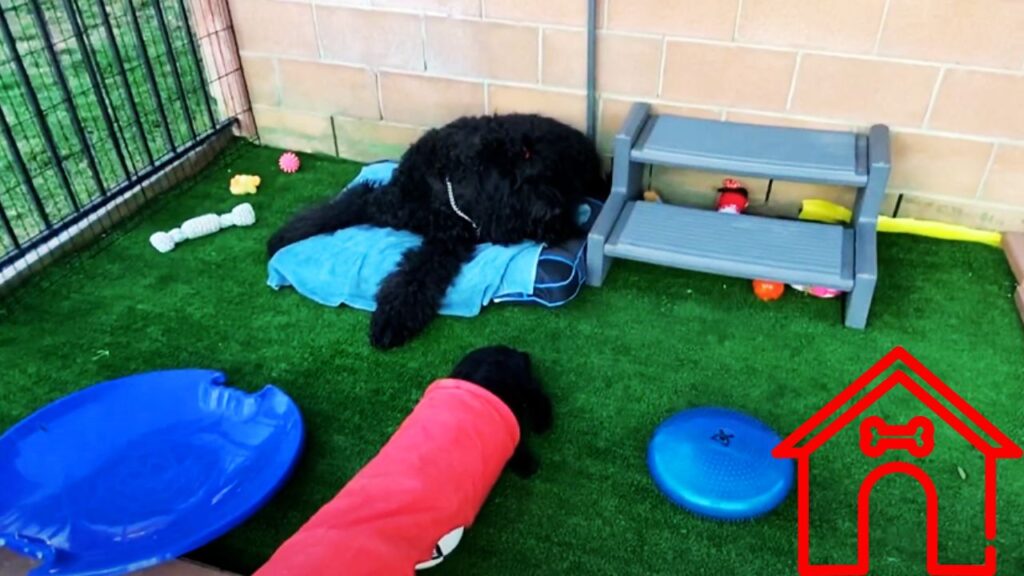
- Exercise Needs: A Black Russian Terrier requires at least 60–90 minutes of exercise daily to stay fit. A bored or under-exercised BRT may develop behavioral issues.
- Indoor Space: Due to their size, they can accidentally knock over objects or small children, which means supervision is necessary, especially around toddlers.
- Weight vs. Activity: If not given enough physical activity, a male BRT could easily gain weight beyond 132 pounds, increasing the risk of health issues.
Whether living in a small apartment or a large house, the dog’s environment must accommodate its size and energy, providing outlets for physical and mental stimulation. For expert tips on how to fit a collar on a Belgian Shepherd, this guide offers simple steps to ensure your dog’s collar fits securely and comfortably.
Training and Socialization: Handling a Large Breed
The Black Russian Terrier’s large size and natural guarding instincts make training and socialization essential. An untrained BRT can become too dominant, which can be challenging given their size.
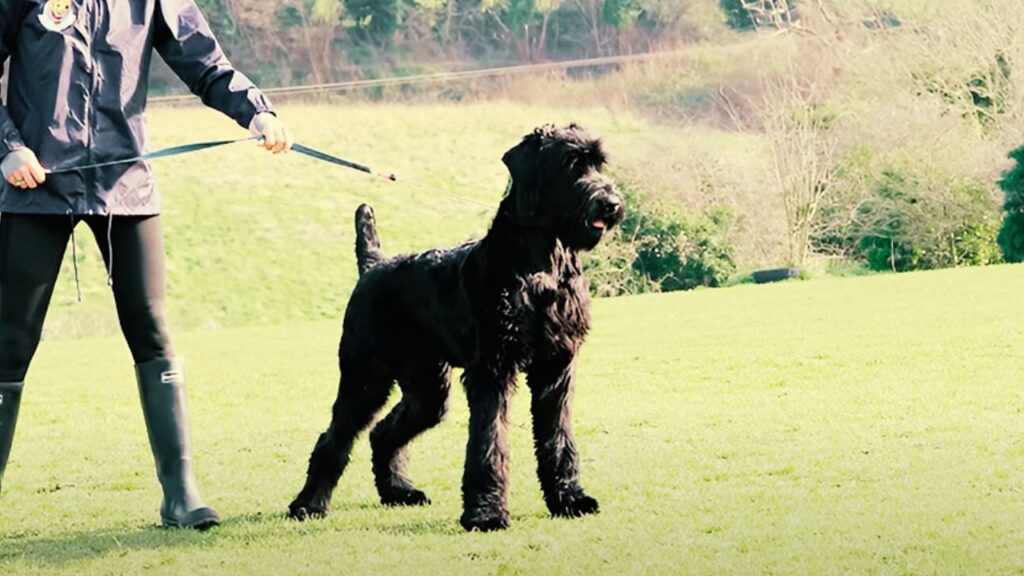
- Training Age: Training should start as early as 8 weeks, with positive reinforcement techniques. A well-trained BRT is not only easier to manage but also more confident and comfortable in different environments.
- Consistency: Given their high intelligence and potential weight of 110–130 pounds, they need an experienced handler who can consistently enforce rules.
- Interaction with Other Dogs: Due to their territorial instincts, the breed needs careful socialization to interact peacefully with other animals.
Training also plays a role in managing their muscle development. Activities like agility training and tracking can help a BRT build healthy muscles and stay within the ideal weight range.
Feeding Requirements: Supporting Their Size
A large breed like the BRT needs a diet that matches its size and energy levels. The recommended daily food intake depends on the dog’s weight, age, and activity level:
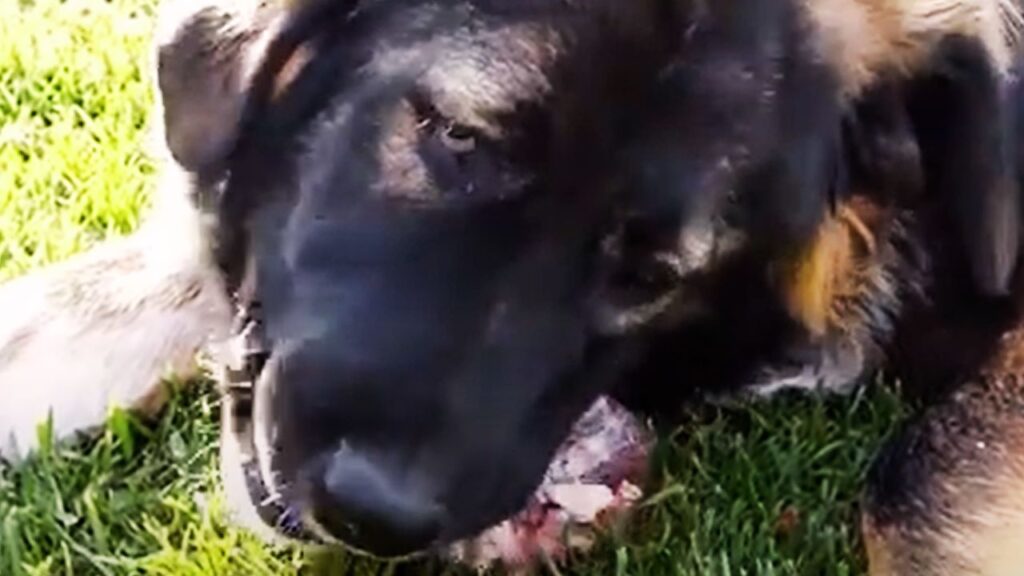
- Puppies (2–6 Months): 4 to 5 small meals per day to support rapid growth. At 4 months, a male may weigh 50 pounds (22 kg) and need around 1500 calories daily.
- Adult BRTs (2–3 Years): Two large meals a day, with a total caloric intake of 2000–2500 calories for active males and 1800–2000 calories for females.
- Senior BRTs: As metabolism slows down, older dogs require fewer calories to avoid weight gain.
Owners should choose high-quality food with adequate protein to support muscle growth and joint supplements such as glucosamine to maintain joint health. For detailed guidance on selecting the correct collar size for a Belgian Shepherd, this article provides essential tips to ensure your dog’s comfort and safety.
Grooming Needs: Managing Size and Coat
The Black Russian Terrier’s double coat requires regular grooming to maintain its health and appearance. This is a crucial part of owning a large breed, as their size means more coat to manage.

- Weekly Grooming: A thorough brushing twice a week helps prevent matting and keeps the coat healthy. Trimming around the beard and mustache is also needed to maintain hygiene.
- Shedding: While the BRT is not a heavy shedder, owners should expect seasonal shedding that may require more frequent grooming.
- Professional Grooming: Some owners opt for professional grooming services to keep the dog’s coat neat, especially if the dog participates in shows.
Given the size of a fully grown male (up to 30 inches tall), grooming can be physically demanding, and owners should be prepared for this commitment. Discover the perfect collar size for an Anatolian Shepherd Dog to ensure comfort and security for your furry friend.
Lifespan, Activity, and Challenges: A Deeper Look at Black Russian Terrier Care
Beyond their size and physical traits, Black Russian Terriers (BRTs) demand attention to lifestyle factors, including exercise, health monitoring, and mental stimulation, to thrive. Proper care ensures not only a healthy lifespan but also a positive relationship between the dog and owner. This section dives into critical aspects like lifespan, mental stimulation needs, physical challenges, and how to handle them.
Lifespan and Health Maintenance
The average lifespan of a Black Russian Terrier is 10–12 years, although some may live beyond that with excellent care. Large breeds are often more prone to specific health issues, and the BRT is no exception. Owners need to prioritize regular vet check-ups, focusing on early diagnosis of common conditions.
- Joint Problems: Hip and elbow dysplasia are prevalent due to the breed’s large size, especially in dogs weighing over 130 pounds. Early diagnosis through x-ray screenings helps prevent severe arthritis.
- Eye Conditions: Progressive Retinal Atrophy (PRA) can lead to blindness if not monitored early. Dogs should undergo annual eye examinations.
- Heart Health: Like many large breeds, BRTs benefit from heart screening tests, as their cardiovascular system faces more pressure from their size and activity levels.
Ensuring proper nutrition and exercise helps extend their lifespan. Including omega-3 supplements for joint support and monitoring their calorie intake can prevent common large-breed health problems like obesity and bloat. Learn more about the unique double-layered coat of an Anatolian Shepherd and how to care for it effectively.
Mental and Physical Stimulation Requirements
The Black Russian Terrier is an intelligent and energetic breed, requiring both mental and physical stimulation. As a working dog, they excel in obedience training, agility, and canine sports. A well-exercised BRT is less likely to develop behavioral problems, and mental stimulation ensures they stay sharp and responsive.
- Daily Activity Needs: At least 60–90 minutes of daily exercise is crucial. This can include long walks, jogging, or interactive games like fetch.
- Training Engagement: Because of their high intelligence, they enjoy activities that challenge them mentally, such as scent tracking or participating in obedience competitions.
- Interactive Toys: Puzzle toys and treat dispensers can provide additional mental stimulation on days when extended outdoor activities are not possible.
Neglecting these needs can lead to boredom and frustration, resulting in destructive behaviors such as chewing furniture or digging. The breed thrives when given a role or task, aligning with its working heritage.
Challenges with Size and Temperament
Handling a dog as large as the BRT comes with challenges, particularly for inexperienced owners. Their size, combined with their natural guarding instincts, can make them intimidating if not properly trained and socialized.
- Socialization: Early and consistent socialization is crucial. Introducing them to other dogs, people, and different environments helps prevent aggressive or overly protective behavior. A well-socialized BRT is calm and confident, avoiding unnecessary confrontations.
- Managing Guarding Instincts: BRTs are naturally protective of their families, which can sometimes translate into territorial behavior. Training should focus on teaching them to differentiate between genuine threats and harmless situations.
- Living with Children and Pets: Due to their size, they must be supervised around small children to avoid accidental injuries. While they can coexist with other pets, careful introductions and proper socialization are essential to prevent territorial disputes.
Despite their size and strength, BRTs respond poorly to harsh discipline. Positive reinforcement techniques work best, ensuring the dog feels respected and valued, which strengthens the bond with its owner. For insights on whether Pomeranians should wear a collar, including considerations for safety and alternatives, check out this informative article.
Conclusion: What is the Best Size for a Black Russian Terrier?
The ideal size for a Black Russian Terrier ensures that the dog is not only healthy but also comfortable in its environment. A male BRT standing 27–30 inches tall and weighing 110–132 pounds embodies the strength and agility required for a working breed. Females, slightly smaller at 26–29 inches and 99–110 pounds, are equally impressive and share the same energy and guarding instincts. Hope so, now you know, what size is best for Black Russian Terrier.
However, size is not just about numbers. The right size for a BRT also depends on how well the dog is cared for. Proper training, regular exercise, a balanced diet, and a loving environment are essential for any dog of this stature. With the right care, a BRT will thrive, whether in an apartment or a house with a yard.
Ultimately, the best size for a Black Russian Terrier is one where the dog is healthy, fit, and happy—able to perform the duties it was bred for while being a loyal and affectionate companion to its family.

